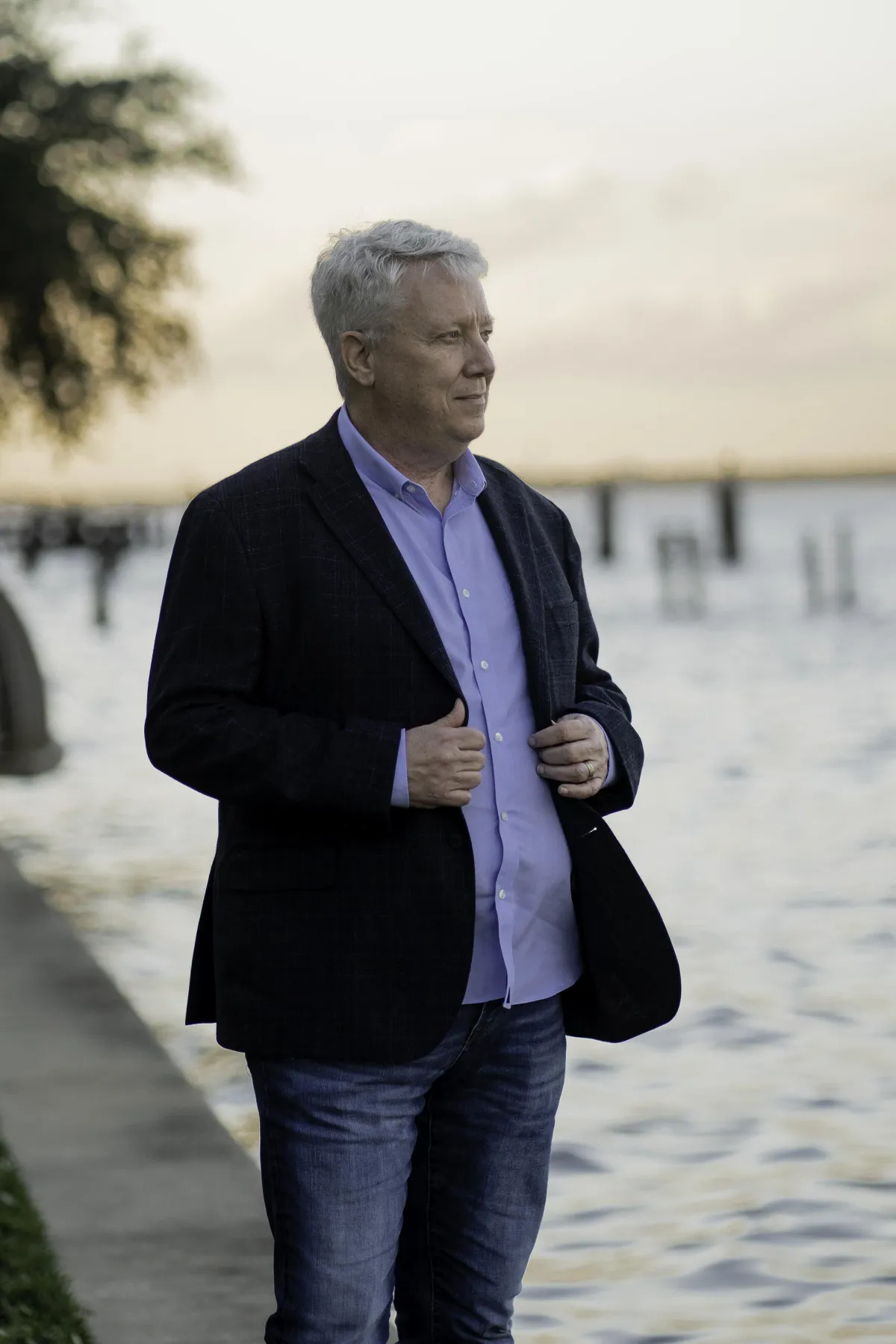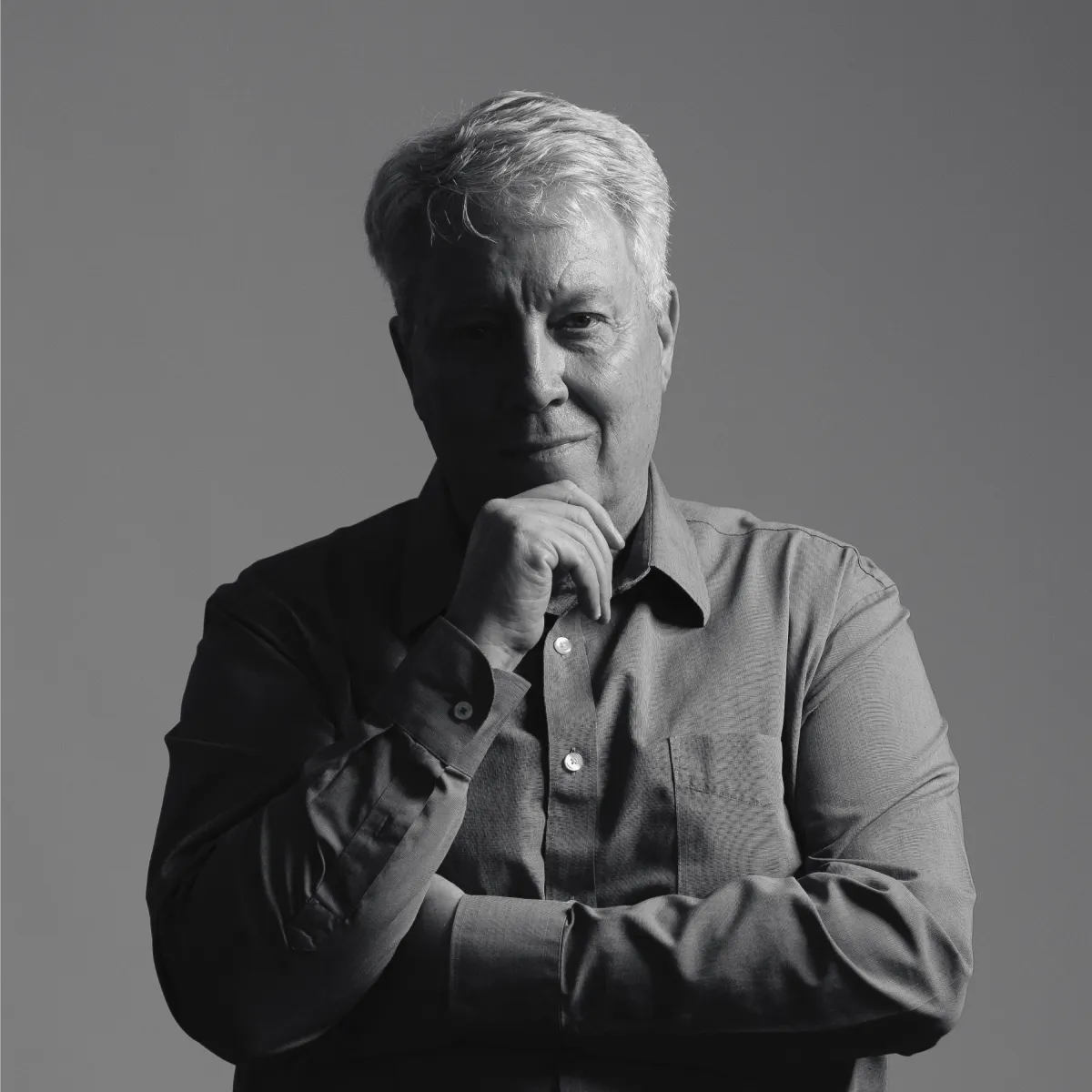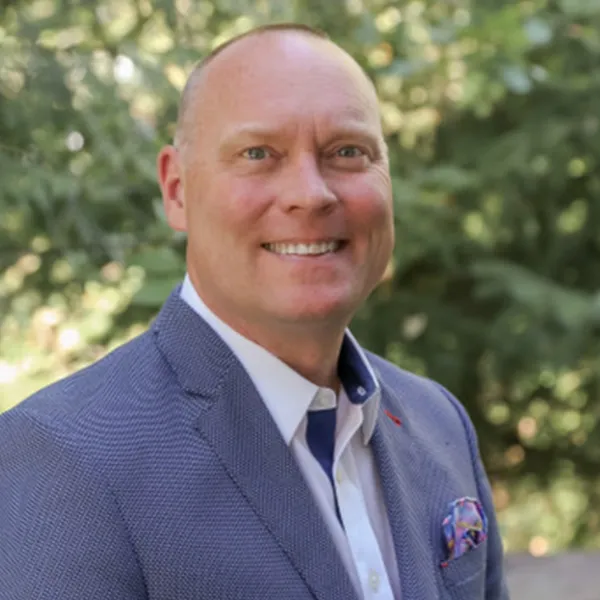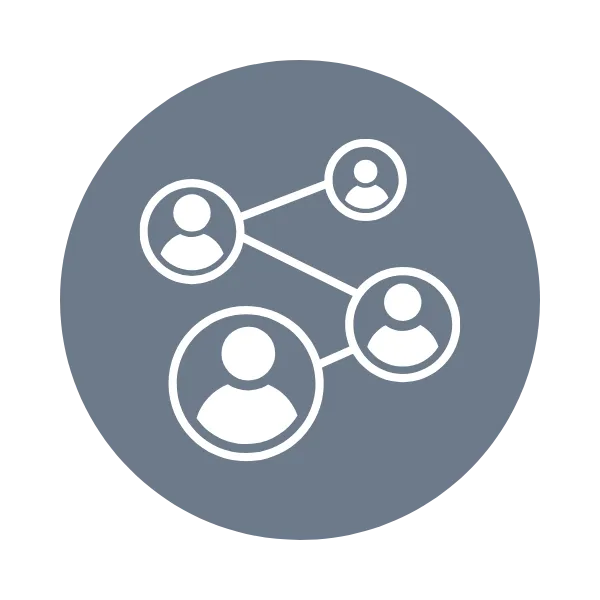Our Mission:
To Empower Individuals and Organizations to FLOURISH.
Our tools and practices empower a strengths-based approach that deeply listens to and honours the unique story of each person and organization—sparking meaningful insight, growth, and transformation.
Our Story
Dr. Wayne Hammond has spent his career exploring how people move from simply coping to truly flourishing. Grounded in neuroscience, clinical psychology, positive psychology, and resilience science, his work is guided by a core belief: that every individual and organization holds the potential to grow, adapt, and thrive—especially when facing life’s challenges.
As the Founder and Chief Executive Officer of Flourishing Life Technologies, Wayne leads the development of evidence-based tools and strategies—including the Flourishing Life Questionnaire (FLQ)—designed to help individuals, teams, and organizations build capacity for resilience, well-being, and performance success.
His approach is rooted in positive psychology that embraces a strengths-based growth mindset—the belief that strengths can be developed and that setbacks are opportunities for learning and growth.
Wayne also serves as an Adjunct Associate at Ambrose University, contributing to the training of future leaders in positive mental health, strengths-based practice, and systems change. His work is centered on translating research into action, promoting positive well-being, and empowering people to navigate adversity with confidence and clarity.
Earlier in his career, Wayne spent over a decade in clinical practice, supporting youth, families, and professionals in high-complexity settings. From the Foothills Hospital’s Adolescent Addiction Centre to Wood’s Homes and forensic mental health services, he developed and applied innovative strengths-based assessment and intervention models that continue to shape his work today.
Wayne’s life’s work is defined by a deep commitment to helping people recognize their strengths, embrace growth, and build flourishing lives—personally, professionally, and within the systems they serve.

At Flourishing Life, we believe that when people flourish, everything around them does too.
Flourishing individuals build stronger families, more innovative teams, healthier schools, and more resilient communities. That’s why we’re here—to make that possible, starting with you.
Rooted in over 30 years of research and practice, our work blends the science of resilience, positive psychology, and human performance into practical tools and strategies.
Our Flourishing Advantage framework is designed to uncover strengths, spark transformation, and empower people and organizations to thrive from the inside out.
Whether you’re a leader, educator, or individual seeking change, our mission remains the same: to unlock potential, foster well-being, and build a future where flourishing is not just possible—but sustainable.
Meet our Team of Professionals
At the heart of the Flourishing Life is a dedicated and diverse team passionate about unlocking human potential and fostering thriving cultures. Driven by purpose and guided by strengths-based principles, our team is committed to co-creating meaningful change with the organizations and individuals we serve.

Dr. Wayne Hammond
CEO, Flourishing Life

Jeff Wilson
Lead Operations & Technology

Marsha Staton Sweet
Operations & Client Success

Abe Brown
Advisor

Jeff Williams
Advisor
"When we focus on a person's strengths and ability to succeed - instead of mitigating or managing their weakness - we empower their capacity to thrive."
- Wayne Hammond, Ph.D
Stay Connected. Keep Growing.
Flourishing is a journey—and we’re here to walk it with you.
Join our newsletter for the latest insights, tools, and stories to help you, your team, and your organization thrive. You'll also get access to new blog posts exploring emotional health, leadership, personal growth, and purpose-driven culture.

How to Turn Adversity Into an Advantage with a Thriving Mindset
How to Turn Adversity into an Advantage with a Thriving Mindset
The Strengths-Based Approach to Growth, Resilience, and Renewal
You’re Not Failing—You’re Being Shaped
Adversity doesn’t mean you’ve lost—it means you’ve entered a new kind of training ground. In the face of challenges, setbacks, or uncertainty, it’s easy to fall into fear, self-doubt, or stagnation. But the truth is this: every hardship holds hidden potential. The key to unlocking it is how we choose to interpret, respond, and grow from it.
This is the essence of a thriving mindset—a strengths-focused, emotionally aware, and purpose-driven approach to navigating difficulty. It’s not about bouncing back to who you were. It’s about building forward into who you’re becoming.
Thriving doesn’t mean having all the answers. It means staying curious, courageous, and committed—even when clarity feels out of reach. It’s about choosing growth when it would be easier to give up. And it’s about recognizing that struggle is often the birthplace of strength.
What It Means to Thrive Through Adversity
Thriving through adversity is not about minimizing struggle or pretending everything’s fine. It’s about facing difficulty with courage and curiosity, using your strengths to move through it intentionally.
When we engage a thriving mindset, we:
A thriving mindset transforms "Why is this happening to me?" into "What is this moment preparing me for?"
“Adversity reveals not just what’s broken, but what’s ready to grow.”
It also invites us to hold space for both reality and resilience. You can be tired and still determined. You can grieve and still grow. Thriving doesn’t deny struggle—it expands your capacity to rise through it.
Why This Mindset Matters: Strengths Build Resilience
Neuroscience shows that we are wired to survive—but we’re also capable of change. When you activate a thriving mindset, you engage the prefrontal cortex (responsible for perspective, decision-making, and values alignment) rather than letting your amygdala (your threat response center) drive your actions.
That shift allows you to:
Connect more deeply with others and build collective resilience
Make meaning out of adversity instead of being defined by it
When leaders and individuals adopt this mindset, they don’t just recover—they grow more resilient, resourceful, and relational. They model a way of being that transforms culture—from one of avoidance and fear to one of learning, trust, and transformation.
Thriving mindsets don’t make adversity disappear—but they change what’s possible in its presence.
Four Strengths-Based Practices for Thriving Through Adversity
These research-backed strategies help you turn stress into strength, fear into fuel, and setbacks into stepping stones:
1. Pause and Anchor to a Strength
In hard moments, ask: "What strength do I need to lead with right now?"
Example: During a challenging meeting, a leader may pause and choose to lead with empathy and calm—shifting the emotional tone of the room.
✅ Why It Works: Naming a strength rewires the brain to activate agency and interrupts reactive thinking. It also brings clarity and direction in moments of chaos.
2. Reframe the Narrative
Train your brain to look for growth by asking: "What is this moment here to teach me or strengthen in me?"
Instead of: “I can’t handle this,” try: “This is growing my capacity to lead under pressure.”
Instead of: “Everything’s going wrong,” try: “What’s one small win I can create today?”
Example: An educator facing burnout reframes their exhaustion as a signal to practice better boundaries and lean into their strengths of communication and creativity to adjust classroom dynamics.
✅ Why It Works: Cognitive reappraisal reduces amygdala activation and increases resilience-related neural pathways. It also invites possibility into the story you tell yourself.
3. Choose Purpose-Driven Action
Action grounds and accelerates recovery. After naming a strength and reframing your thinking, ask: "What step can I take that aligns with who I want to become?"
Start small: send a message of gratitude, take a restorative break, or make a plan aligned with your values.
Example: A team member discouraged after feedback commits to scheduling a short check-in with their manager to clarify expectations and reflect on their own learning goals.
✅ Why It Works: Purpose-based action restores a sense of control and integrity. It moves you from helplessness to empowered forward motion.
4. Speak to Yourself Like Someone Worth Developing
What we say to ourselves in adversity becomes our inner operating system. Strengths-based self-talk helps you regulate emotion, build confidence, and reinforce resilience.
Try this 3-tier self-talk system:
Grounding Reminder: “This moment doesn’t define me—it develops me.”
Strength Cue: “Right now, I choose to lead with [insert strength: e.g., clarity, trust, creativity].”
✅ Why It Works: Positive self-talk activates reward systems in the brain, boosts self-efficacy, and lays neural foundations for thriving identity.
What Thriving in Adversity Looks Like
When individuals or organizations embrace a thriving mindset, you begin to see:
Emotional agility: the ability to pivot from reaction to reflection
Growth conversations: where people ask deeper questions about meaning, direction, and identity
Trust and resilience: not despite adversity, but because of how people grow through it together
Innovation and adaptability: adversity becomes a driver for rethinking, realigning, and rising
Stronger relationships: as people support one another with empathy, honesty, and shared purpose
Thriving cultures don’t avoid pain—they transform it into purpose. They normalize vulnerability, celebrate progress, and foster belonging.
“Thriving isn’t the absence of struggle—it’s the presence of meaningful growth through it.”
💡 Final Thought: From Setback to Setup
Adversity may interrupt your path, but it doesn’t cancel your potential. With the right mindset and strengths-based tools, you can transform hard moments into defining moments. You can rewire how you respond, reimagine what’s possible, and rise with more purpose than before.
Because thriving isn’t about having it easy. It’s about growing what matters most—especially when it’s hardest. It’s not just about bouncing back. It’s about bouncing forward—with wisdom, strength, and vision.
"Hard things don’t get the final word. How you rise does."
Ready to Build a Culture of Thriving Through Challenge
Explore the Flourishing Life Assessment to identify your unique strengths and resilience drivers
Book a Discovery Session to explore customized training for thriving through adversity
Let’s help you and your people not just bounce back—but rise stronger, wiser, and more fulfilled than ever.

© 2025 Flourishing Life Technologies, Inc.
All Rights Reserved





